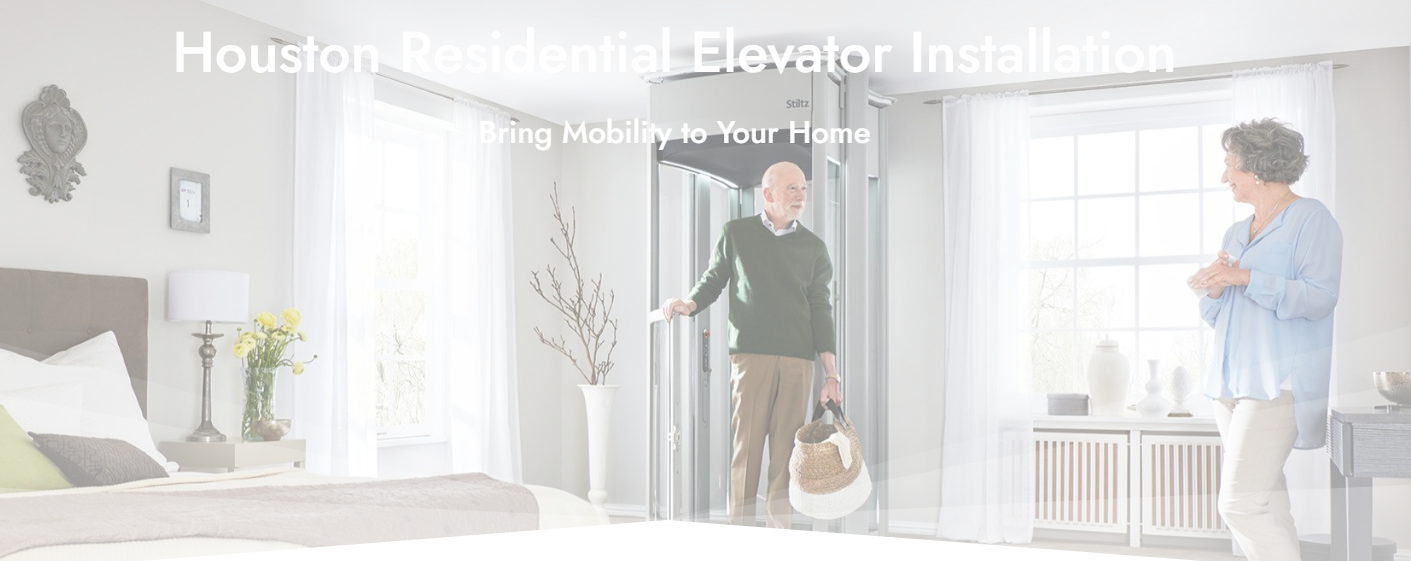In today’s world, creating an inclusive and accessible living space is essential. For individuals with mobility challenges or disabilities, having the right accessibility solutions can significantly improve their quality of life. One crucial aspect of accessibility in homes is the integration of elevators along with ramp and lift options. Let’s delve into the discussion of how these elements work together to create a fully accessible home environment.
The Importance of Accessibility in Home Design
Accessibility is not just a legal requirement; it’s a fundamental aspect of designing homes that cater to everyone’s needs. Whether it’s accommodating individuals with wheelchairs, walkers, or mobility aids, or ensuring ease of movement for seniors or those with temporary injuries, accessible design enhances comfort and independence.
Integrating Elevators with Ramp and Lift Options
- Elevator Installation: Installing a home elevator is a primary step in creating accessibility. Elevators provide vertical mobility, allowing individuals to move between floors effortlessly. They are particularly beneficial for homes with multiple levels, ensuring every part of the house is accessible.
- Ramp Solutions: Ramps are an essential feature for overcoming elevation changes, such as entryways or thresholds. They provide a gradual slope that allows wheelchair users or individuals with mobility devices to navigate these transitions independently. Ramps can be installed indoors or outdoors based on the home’s layout and requirements.
- Lift Systems: In conjunction with elevators and ramps, lift systems offer additional accessibility options. Vertical platform lifts or stairlifts are ideal for homes with stairs, allowing individuals to move between levels safely. These lifts can be customized to fit various staircase configurations and are designed for smooth and secure operation.
Tailoring Accessibility Solutions to Individual Needs
- Customized Designs: The key to effective accessibility solutions is customization. Each home and individual’s needs are unique, requiring personalized design and installation. Accessibility experts work closely with homeowners to assess their requirements and create tailored solutions that blend seamlessly with the home’s aesthetics.
- Safety and Compliance: Integrating elevators, ramps, and lifts also involves ensuring safety and compliance with accessibility standards. Professionals adhere to building codes and regulations, incorporating features like handrails, non-slip surfaces, and safety sensors to enhance usability and safety.
Benefits of a Fully Accessible Home Environment
- Independence: Accessible homes promote independence and autonomy for individuals with mobility challenges. They can navigate their living spaces without assistance, enhancing their confidence and quality of life.
- Inclusion: An accessible home fosters inclusion by allowing family members, guests, and caregivers of all abilities to move freely and comfortably throughout the space.
- Future-Proofing: Investing in accessibility solutions ensures that the home remains functional and relevant for years to come, accommodating changing needs and lifestyles.
Integrating elevators with ramp and lift options in home design is a proactive approach to creating a fully accessible living environment. By combining these accessibility solutions, homeowners can enhance mobility, independence, and inclusivity, ensuring that every individual feels welcome and empowered in their own home.
Houston Residential Elevator Installation. Choosing The Right Elevator For Your Home. Contact us.






Leave A Comment